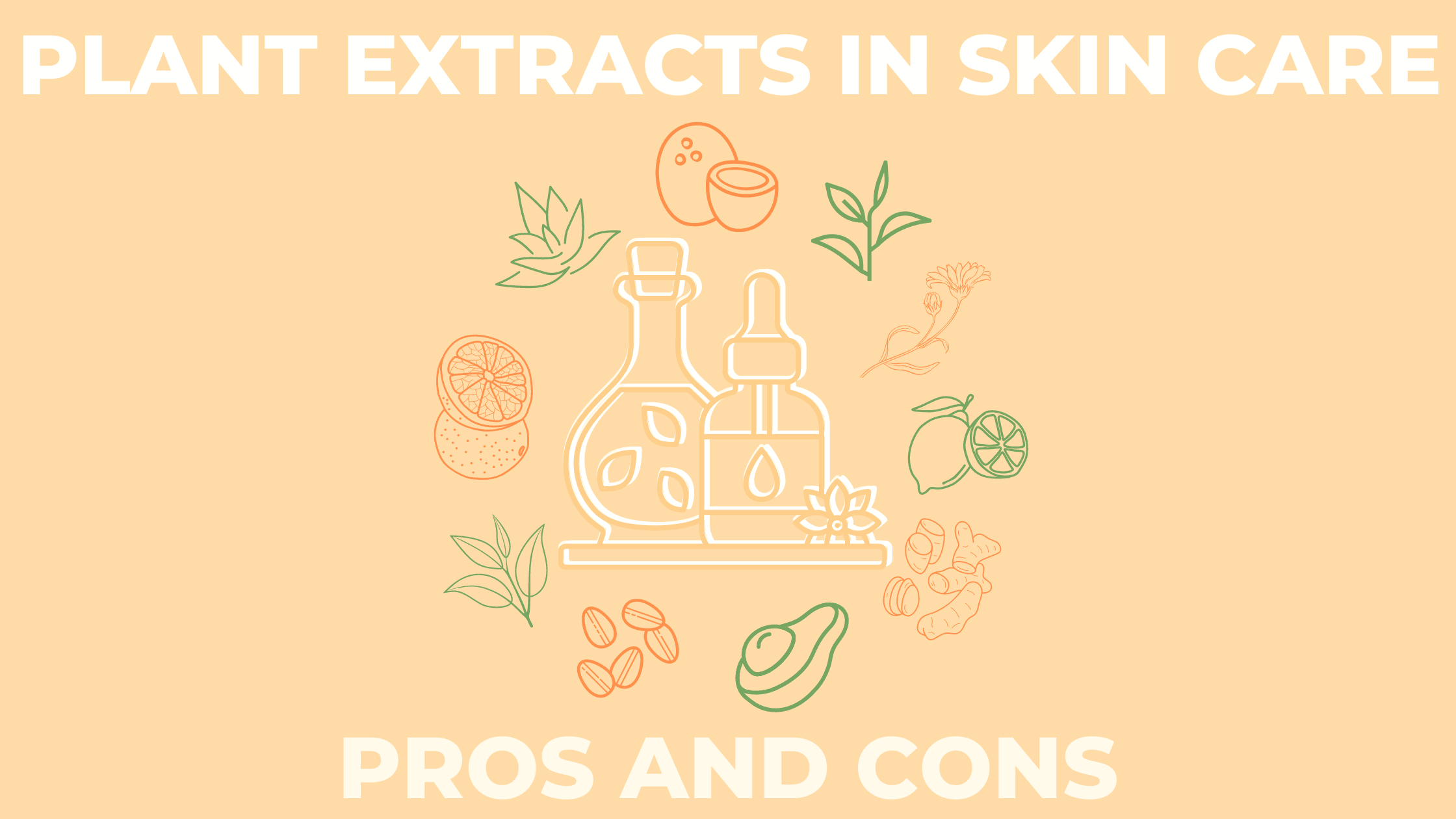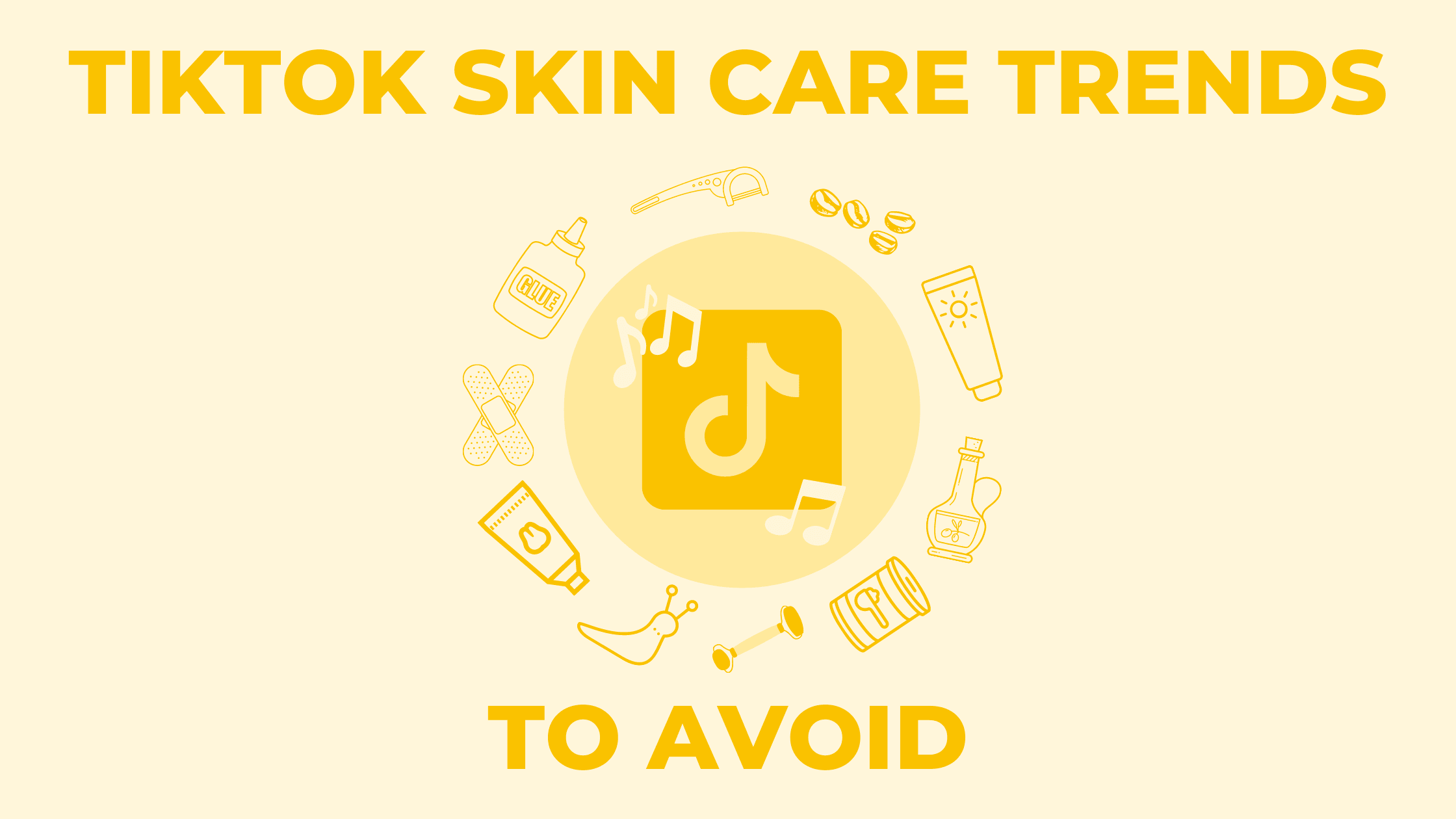
Balsam of Peru Allergy Facts
Breakouts and rashes, itching and burning, dryness and blisters. Just some of the pains that come with an allergic reaction to cosmetic products. Finding out what is causing your allergic reaction or contact dermatitis symptoms can be just as much of a pain when so many different ingredients are coming into contact with your skin daily.
From your skin care, to your hair care, and even your oral care, all kinds of potential allergens are getting up close and personal with your skin, and ingredient labels are not always transparent about every single thing that makes up your creams, serums, and cleansers.
One hidden ingredient that’s a common culprit for allergic reactions is Balsam of Peru. Let’s take a closer look at this enigmatic ingredient that may be causing more harm than you think.
What is Balsam of Peru
Balsam of Peru, also known as Myroxylon pereirae, is the sap extracted from the bark of the Myroxylon balsamum tree.
It has a natural scent reminiscent of cinnamon and vanilla due to its high cinnamein, cinnamic acid, and vanillin content, and it is primarily used in fragrances, flavorings, and pharmaceuticals.
Balsam of Peru Allergy
You probably hear about nut allergies, soy allergies, and wheat allergies often, but rarely do you hear word of a balsam of Peru allergy. However, studies and surveys show it to be a top cause of allergic contact dermatitis, and in the top 5 allergens that cause skin reactions during patch testing.
A study in 2001 found that almost 4% of the general population and about 10% of dermatology patients tested positive for a balsam of Peru allergy during patch testing. So why don’t we hear more about it?
It can be difficult to determine that you are allergic to balsam of Peru with a self patch test, so if you are reacting negatively to any fragranced personal care products, it’s best to seek out a patch test from a dermatologist or allergist.
Balsam of Peru in Fragrance
You may not have heard of a balsam of Peru allergy specifically, but if you’re a regular on the Cleure blog, or know your way around common skin irritants, you know all about contact dermatitis from fragrance allergies.
Fragrance is the most common cosmetic allergen, and most patch tests conducted will use balsam of Peru and a fragrance mix containing eight commonly used fragrances. Patch testing balsam of Peru is what detects about 50% of fragrance allergies.
You may not see “Balsam of Peru” on an ingredient list verbatim. More often than not, all fragrance ingredients are encapsulated under “fragrance, perfume, parfum, essential oil blend, aroma” on ingredients labels, so it’s rarely made clear what the exact source of the fragrance is.
The FDA does not require individual fragrance ingredients to be disclosed, so cutting out fragrance entirely is your safest bet for avoiding a balsam of Peru allergic reaction.
Products that Often Contain Balsam of Peru
1. Perfumes - The earthy, vanilla-cinnamon scent of balsam of Peru makes it a prime additive for perfumes and colognes.
2. Cosmetic and Personal Care Fragrances - Skin, hair, oral, and body care products often add fragrance to be more pleasant and appealing to customers. Fragrance can be either synthetic or from natural sources like essential oils, isolated scent molecules, or in this case, balsam of Peru.
3. Personal Care Products Labeled “Unscented” - While unscented products do not have a detectable odor, there may still be masking fragrance added to cover the scent of the other ingredients. This masking fragrance may be attributed to balsam of Peru. Read more here about the difference between fragrance-free and unscented cosmetic products.
4. Food Flavorings - Citrus fruit peel, baked goods, cola and other soft drinks, vermouth, bitters, spices like cinnamon, cloves, vanilla, nutmeg, paprika, and curry may all contain balsam of Peru or chemically similar compounds.
Like with fragrances, individual flavor ingredients do not need to be listed on ingredient labels, and can be vaguely listed as “natural flavors” or just “flavor.”
5. Medicine - The medicinal benefits of balsam of Peru are not entirely backed up by research, but it’s often used as an antiseptic in wound and burn treatment. It’s also been used in dentistry to treat dry sockets, and in hemorrhoid suppositories.
Related Substances/Ingredients
The following substances share similar chemical properties that may also cause reaction for those with Balsam of Peru allergies, and should be avoided.
- Eugenol and isoeugenol
- Benzoin, benzoic acid, benzyl alcohol
- Rosin (colophony)
- Tiger balm
- Vanilla
- Balsam of Tolu
Balsam of Peru Free Skin Care, Hair Care, and Oral Care
If you are diagnosed with a balsam of Peru allergy, you will likely need to uproot your personal care routine and replace all of your products with fragrance free (not unscented) products. If you're looking for Balsam of Peru free products, take a look at Cleure's line of entirely fragrance-free hair and skin and oral care.
And read more here on how to care for allergy-prone skin.
Balsam of Peru Food Allergy Triggers
If you’ve eliminated fragrance in your personal care products, but you are still struggling with flare ups, you may need to also implement a Balsam of Peru avoidance diet.
The following foods and spices are commonly linked to a Balsam of Peru allergy:
- Tomatoes
- Citrus
- Vanilla
- Cinnamon
- Cloves
- Chocolate
- Tomato products (ketchup, salsa, BBQ sauce)
- Colas
- Flavored teas
Cutting out these foods is recommended either because they have added balsam of Peru for flavor, or because they have a similar chemical composition that may cause a similar reaction.
If you’re consistently experiencing irritation from your cosmetic products and you can’t quite put your finger on what’s causing it, you may be one of the many individuals with a balsam of Peru allergy. Luckily, all it takes to control is a bit of attentiveness and the best fragrance free personal care products.
More Information
Balsam of Peru Allergy - DermNet NZ



2 comments
My daughter was diagnosed with Balsam of Peru allergy in about 2014. Her body has slowly grown intolerant of most foods that contain any Natural Flavors. There used to be a handful of fast food restaurants she could find something from, but she doesn’t eat anything that is not made at home anymore. I can substitute vanilla flavoring with maple syrup. That allows her to be able to eat homemade cake. She was also having issues when she ate cheeses, but I recently discovered that it must be the preservatives used in the prepackaged shredded cheese or individually wrapped cheeses. It turns out that if I buy the big block cheese and shred it at home, she is able to eat this with no problem.
This is a very challenging allergy to live with. There are so many things she misses out on because so many foods break her out.
Cindy
I am now allergic to balsam of peru and gold sodium thiosulfate
Lisa Raymond
Leave a comment
This site is protected by hCaptcha and the hCaptcha Privacy Policy and Terms of Service apply.